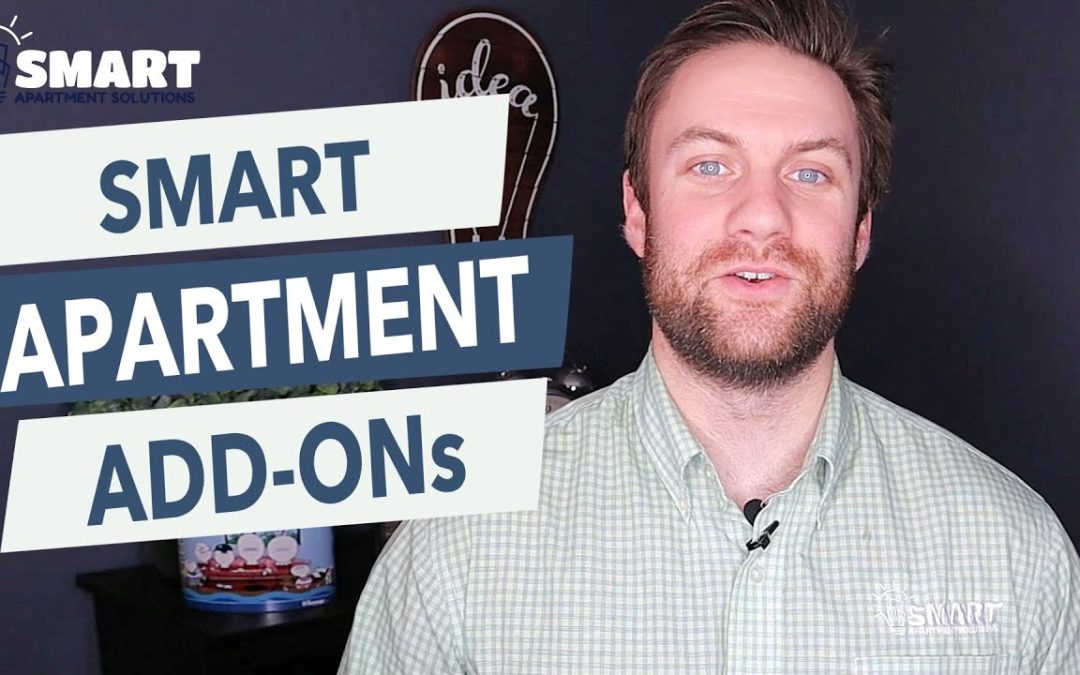If you can level up your apartments you can level up your sign ups and retention rates. Here are a few smart additions you could add to your apartments to attract more residents.
As with so much of the new Build to Rent language the term ‘lease-up’ is one borrowed from our US multifamily counterparts.
As one of the most critical phases of any scheme it is surprising there is so little content on the subject. So what is it, why is it so important and what are the key things that need to be considered when working out your lease-up costs?
Back to Basics, What is Lease-Up?
The lease-up phase of a scheme is the period that starts before the building is delivered (pre-leasing) through to stabilization (usually 95% occupancy).
Dependent on the size of the scheme and the expected date of delivery, pre-leasing can start up to 6 months before practical completion and occupancy targets set accordingly.
Before and throughout that time a number of critical elements need to be implemented including brand creation, staffing and marketing – all with the ultimate objective of moving as many residents in as quickly as possible.
What Makes a Successful Lease Up?
The importance of a successful lease up is fairly obvious. The more vacant units the less income there is, putting cash-flow and financing at risk, and at the same time owners try to rent each at the highest possible ERVs, in order to maximize the re-capitalization potential in the future. However it’s not just about getting as many people into the property as quickly as possible, it’s about getting the right people as well. The first residents are key as these will be the ones who help establish the reputation of the property in the market. Getting the wrong residents in, getting bad reviews online, having residents break leases or not renew will not just have a negative impact on the effectiveness of lease-up, but can ultimately affect the long-term success of the entire scheme.


